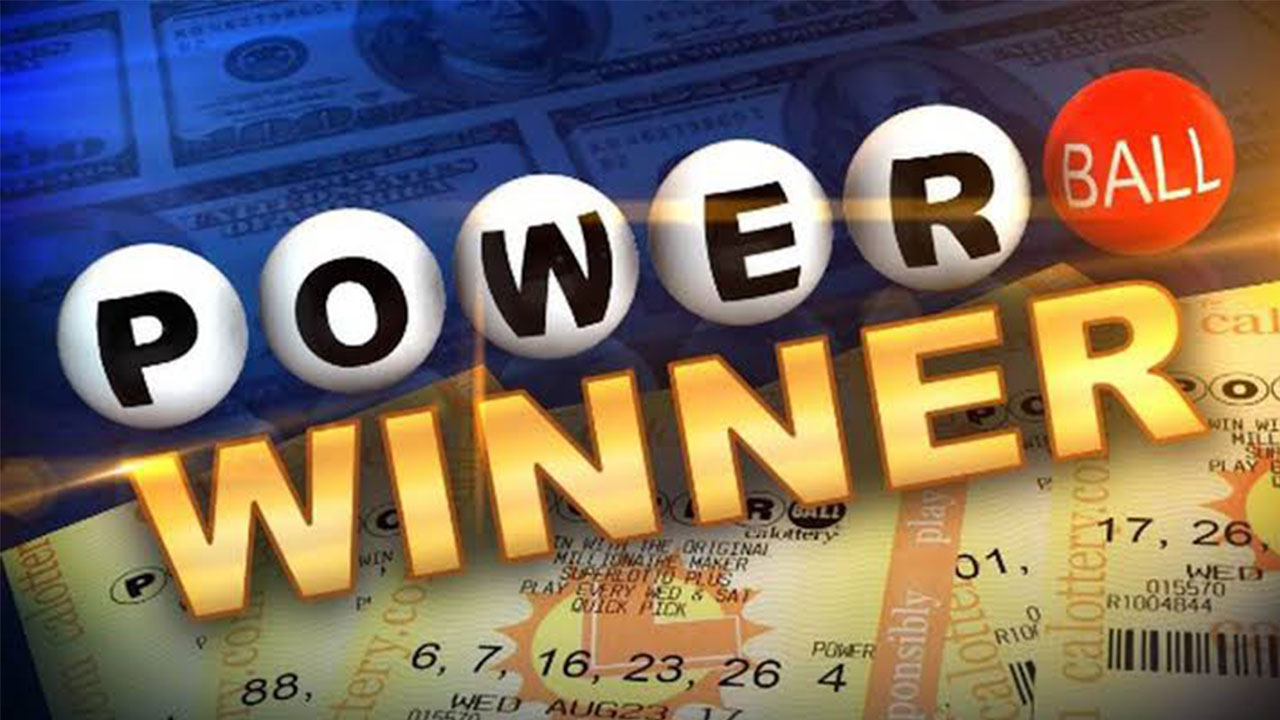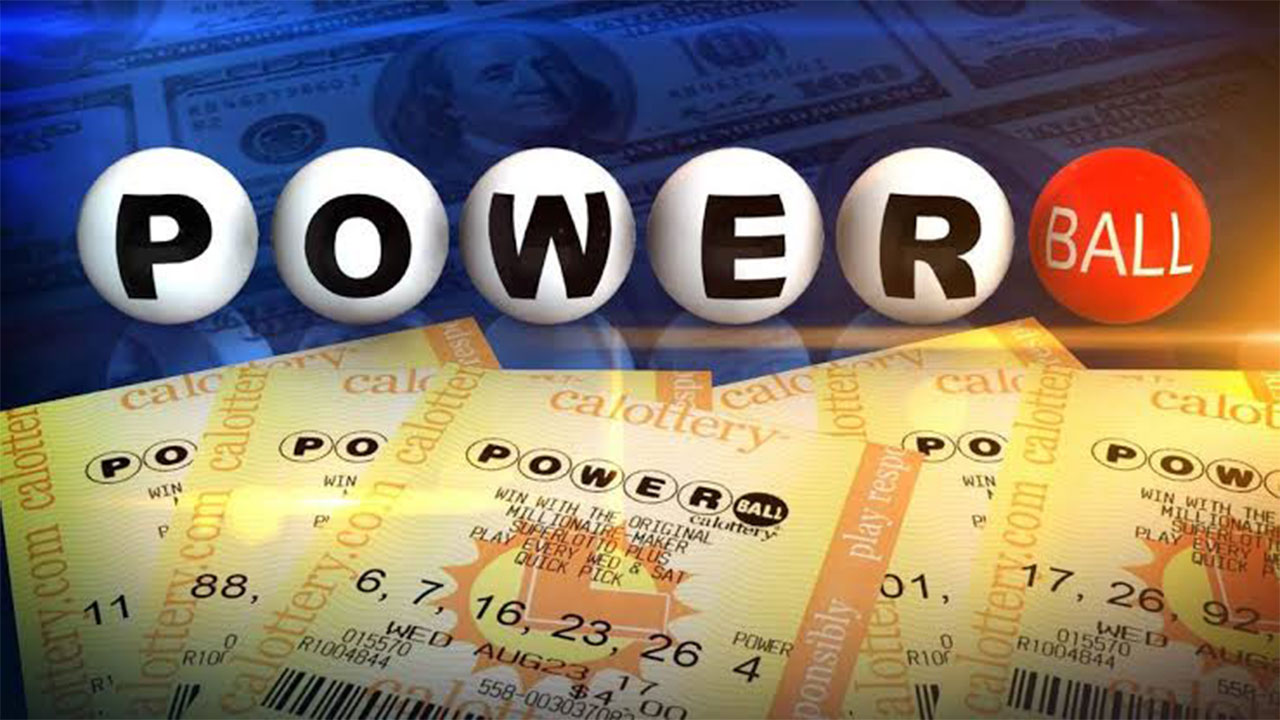Powerball Lottery Basics

The Powerball lottery is a multi-state lottery game in the United States, renowned for its massive jackpots and exciting gameplay. Players select five numbers from a pool of 69 white balls and one Powerball number from a pool of 26 red balls.
History of the Powerball Lottery
The Powerball lottery was first introduced in 1992 as the “Lotto America” game. It was rebranded as Powerball in 1992, and the game’s format has undergone several changes over the years to enhance its appeal and increase jackpot amounts. The game’s popularity has grown significantly, attracting millions of players across the country.
Odds of Winning the Powerball Jackpot
The odds of winning the Powerball jackpot are incredibly long, standing at approximately 1 in 292.2 million. This emphasizes the game’s high-risk, high-reward nature.
Powerball Prize Tiers and Payouts
The Powerball lottery offers nine prize tiers, with varying payouts based on the number of matching numbers.
- Jackpot: Matching all five white balls and the Powerball number. The jackpot amount is variable and can reach hundreds of millions or even billions of dollars.
- Match 5: Matching all five white balls, but not the Powerball number. The payout for this tier is a fixed amount, typically several hundred thousand dollars.
- Match 4 + Powerball: Matching four white balls and the Powerball number. The payout for this tier is usually a few thousand dollars.
- Match 4: Matching four white balls, but not the Powerball number. The payout for this tier is usually a few hundred dollars.
- Match 3 + Powerball: Matching three white balls and the Powerball number. The payout for this tier is typically around $100.
- Match 3: Matching three white balls, but not the Powerball number. The payout for this tier is typically around $7.
- Match 2 + Powerball: Matching two white balls and the Powerball number. The payout for this tier is typically around $7.
- Match 1 + Powerball: Matching one white ball and the Powerball number. The payout for this tier is typically around $4.
- Powerball Only: Matching only the Powerball number. The payout for this tier is typically around $4.
Powerball Drawing Process

The Powerball drawing process is a meticulously orchestrated event that determines the winning numbers for each lottery draw. The process involves several steps, from the selection of the numbers to the verification of the results, ensuring fairness and transparency.
Selection of Winning Numbers
The Powerball drawing process involves selecting seven numbers, five white balls from a pool of 69 and one red Powerball from a pool of 26. The process is as follows:
- A machine, known as the lottery ball machine, is used to draw the white balls. This machine is equipped with a system that ensures each ball has an equal chance of being selected. The machine contains 69 numbered white balls, each corresponding to a number from 1 to 69.
- The lottery ball machine randomly selects five white balls, one at a time, from the pool of 69. The selected balls are then displayed on a screen for all to see. The order in which the balls are drawn is not important; the winning numbers are presented in ascending order.
- After the five white balls are drawn, the Powerball is selected from a separate machine. This machine contains 26 red Powerballs, numbered from 1 to 26. The Powerball is selected in the same way as the white balls, ensuring randomness and fairness.
Verification of Winning Numbers
Once the winning numbers are drawn, they undergo a rigorous verification process to ensure accuracy and prevent any potential errors. The process involves:
- A second set of lottery officials, separate from those who conducted the drawing, independently verifies the numbers. They use a separate set of balls and a separate machine to confirm that the numbers displayed on the screen are accurate.
- The winning numbers are recorded and documented by multiple independent parties. This documentation includes the time of the drawing, the specific lottery ball machines used, and the identities of the officials who oversaw the process.
- The winning numbers are broadcast live on television and online, allowing the public to witness the entire process and verify the results.
Role of the Lottery Commission, What state won powerball
The lottery commission plays a crucial role in overseeing the Powerball drawing process, ensuring fairness and transparency. The commission is responsible for:
- Setting the rules and procedures for the drawing process. This includes the selection of the balls, the verification process, and the announcement of the winning numbers.
- Appointing independent officials to oversee the drawing and verify the results. The commission ensures that these officials are qualified and have no vested interest in the outcome of the drawing.
- Maintaining the integrity of the drawing process. The commission investigates any allegations of irregularities or fraud and takes appropriate action to ensure the fairness of the lottery.
Recent Powerball Winners: What State Won Powerball

The Powerball lottery, known for its massive jackpots, has produced numerous winners across the United States. While winning the lottery is a matter of chance, some states have consistently produced more jackpot winners than others. Analyzing these winning trends can provide insights into the popularity and accessibility of the Powerball lottery in different regions.
Powerball Jackpot Winners by State
This table presents the top 5 states with the most Powerball jackpot wins since the lottery’s inception.
| Rank | State | Number of Jackpot Wins |
|---|---|---|
| 1 | California | 12 |
| 2 | Florida | 9 |
| 3 | Texas | 8 |
| 4 | New Jersey | 7 |
| 5 | Pennsylvania | 6 |
Comparison of Winning Frequencies
The winning frequencies across different states vary significantly. California, with its large population and high number of lottery ticket sales, has consistently topped the list of Powerball jackpot winners. Florida, Texas, New Jersey, and Pennsylvania, with their large populations and robust lottery industries, also rank among the states with the highest number of jackpot wins. However, it’s important to note that these statistics are influenced by factors such as population density, ticket sales, and the number of lottery retailers in each state.
Trends and Patterns in Powerball Jackpot Wins by State
There are several trends and patterns observed in Powerball jackpot wins by state. States with larger populations and higher ticket sales tend to have a higher number of jackpot winners. This suggests that the probability of winning is influenced by the number of tickets sold in a particular state. Additionally, states with a high concentration of lottery retailers and strong lottery marketing campaigns may also see higher winning frequencies. While winning the lottery is ultimately a matter of chance, understanding these trends can provide insights into the factors that influence Powerball jackpot wins in different states.
What state won powerball – The excitement surrounding the Powerball lottery reached fever pitch as the winning numbers were announced, revealing that the lucky ticket was sold in California. The powerball winning ticket sold in the Golden State sparked a frenzy of speculation and anticipation, leaving everyone wondering who the lucky winner might be.
California has once again proven to be a hotbed for Powerball success, adding to its reputation as a land of opportunity.
The excitement surrounding the Powerball lottery is always high, and everyone wants to know who will be the lucky winner. To find out which state claimed the latest Powerball jackpot, you can check out this helpful resource: what state won powerball.
Knowing which state won the Powerball is a great way to see if you have any chance of being the lucky winner yourself!
